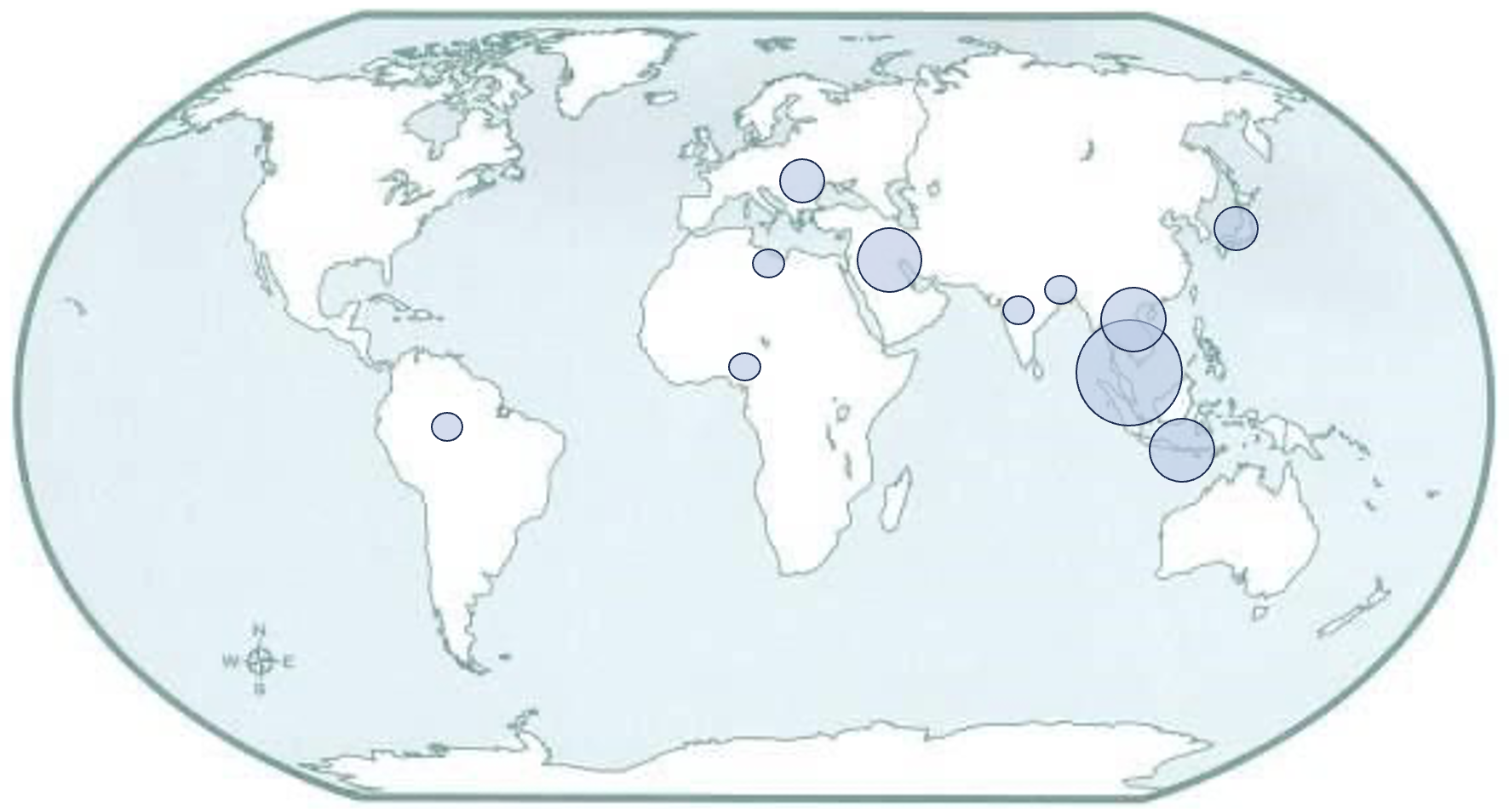Effect of Nanofillers on the Flexural Performance of 3D Fibre-Reinforced Composites
DOI:
https://doi.org/10.37934/armne.26.1.1529Keywords:
3DOWC, nanoparticles, Nanostrength M53®, GNP, damage mechanismAbstract
The aim of this study is to improve the flexural performance and damage mechanism of nano-filled three-dimensional orthogonal woven E-glass/epoxy composites (3DOWC). The inherent brittleness of epoxy-based 3DOWC leads to the early onset of damage mechanisms such as matrix cracking, fibre-matrix debonding, and fibre failure. To overcome these limitations, epoxy resin has been modified with nano-fillers such as graphene nanoplatelets (GNP) and the novel nanostrength® (NS). The epoxy resin was infused in 3DOWC using VARI with different weight percentages of GNP (0.5, 1.0, and 1.5 wt.%) and NS (2.5, 5.0, and 7.5 wt.%). Three samples in each warp and weft direction of 3DOWC were tested in a three-point bend test. The results showed an increase of 48.4%, 56.2%, and 27.4% in flexural strength, final failure, and energy absorption under warp-loading with 0.5 wt.% GNP, respectively, whereas weft-loaded samples with 1.5 wt.% GNP exhibited 12.0% and 10.5% increases in flexural strength and final failure, respectively. However, 7.5 wt.% NS showed an increase in flexural strength in the warp and weft directions by 36.9% and 39.3%, respectively, and an increase in final failure and energy absorption in the warp direction by 39.4% and 12.3%, respectively. For weft-loaded samples, the final failure increased by 39.3% for the same weight percentage, but there was no significant increase in energy absorption in this direction. Scanning electron microscopy (SEM) of damaged samples revealed that crack reconnection by GNP and fibrils formation and plasticization by NS particles improved the overall flexural performance of 3DOWC.
Downloads

























